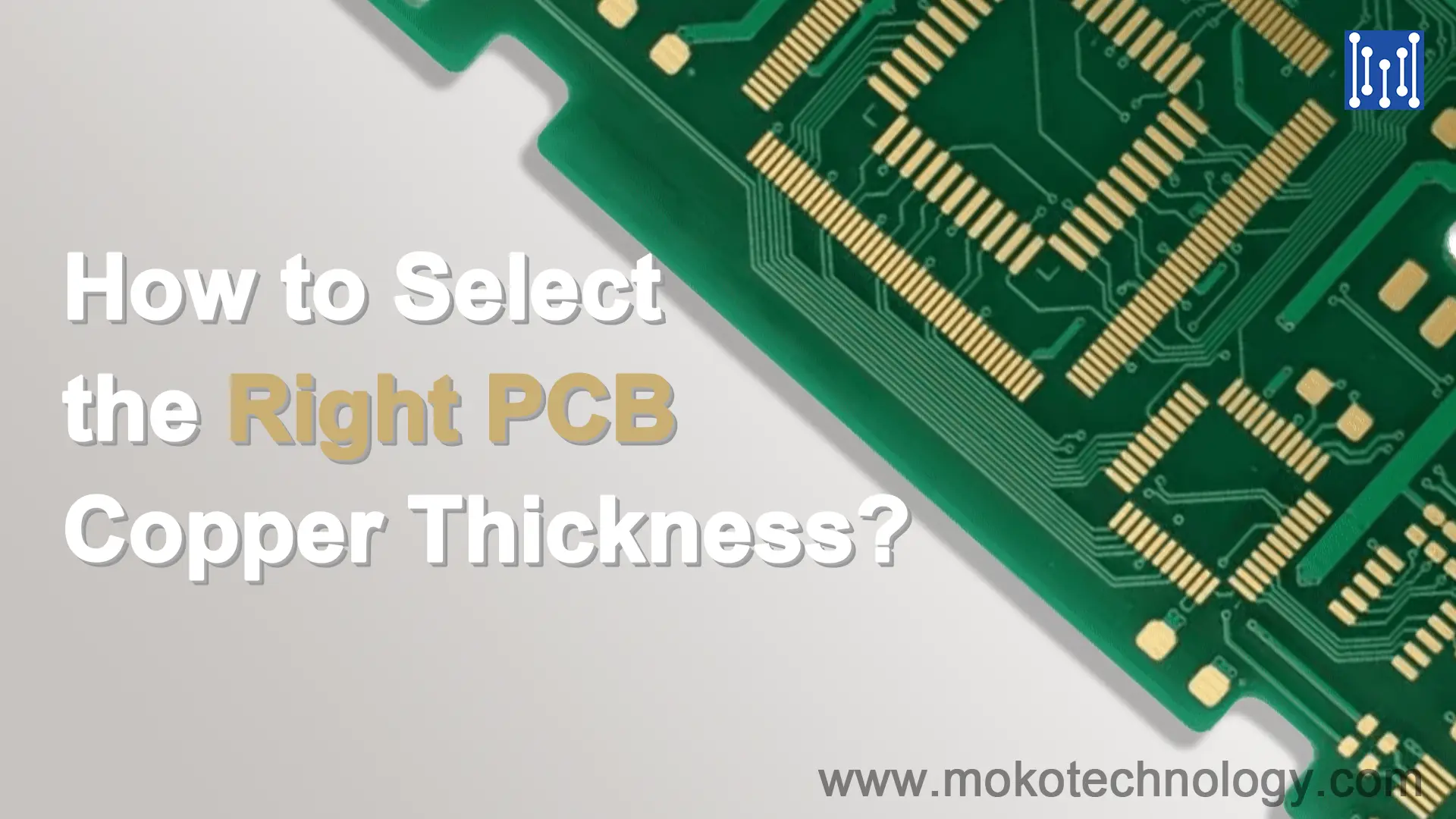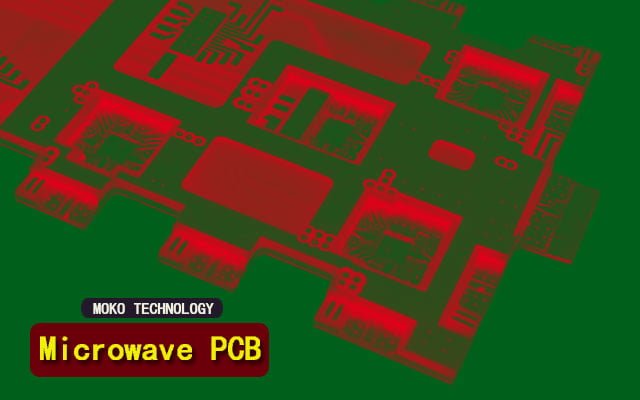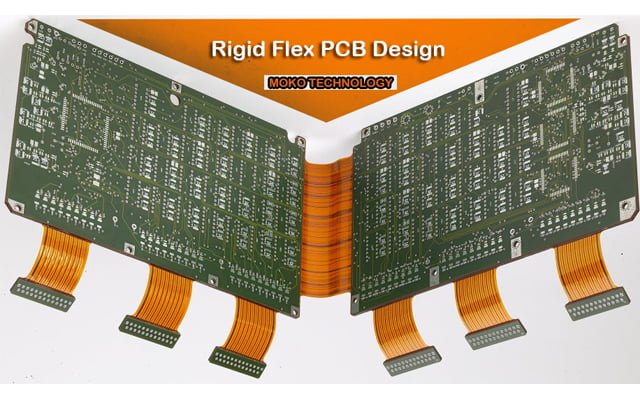The most important part of how/where/when to connect a thermocouple is to measure the temperature as close as possible to the bimetallic joint.
Firstly, feed that temperature into your uP, and then you can use software to perform the CJC compensation. Do not forget to use the known polynomials (or simplified linearized equations for smaller ranges) for converting your ADC value into temperature.
In the past, we have got a big chunk of aluminum and performed wire to wire terminations around it and installed a LM35 for temperature measurement. This was performed off the PCB. You can freely do it with connections n stuff on the PCB as long as you are able to measure the temperature as close as possible to the bimetalic junction.
So to keep the distance as short as possible. And consider using screw terminals and mount the LM35 right near the screw terminals themselves for the most accurate reading.
If you really want to use a connector, try DB9 with the metal back shell – cheap as chips. Being metal will conduct heat well for accurate measurement of the back shell temperature. Last, use male pins on the PCB.
Read More: SMT Assembly
#PCB Assembly #PCB Design



